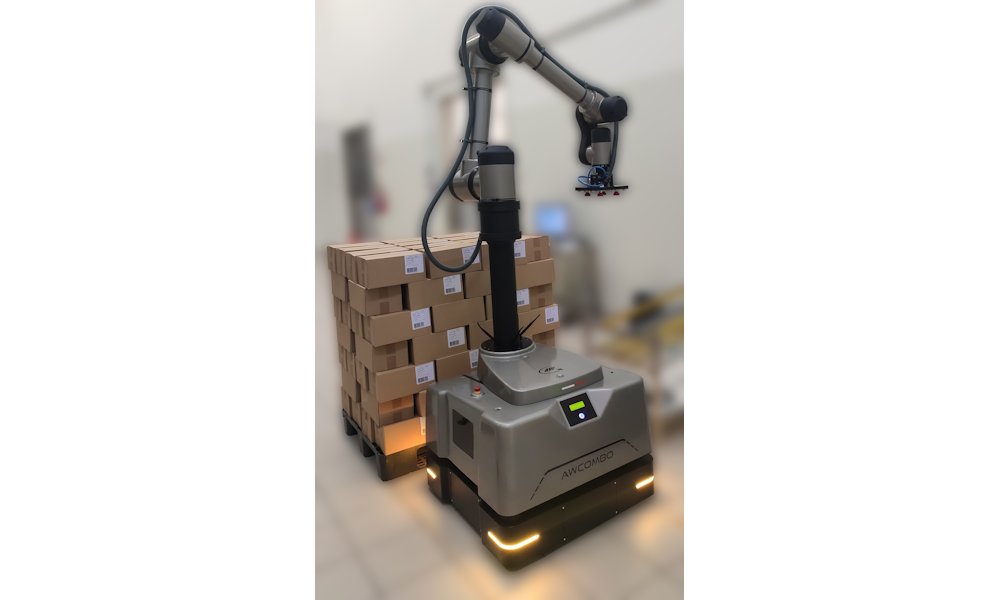Automation Blog
Versatile Mobile Robots Transform Automated Warehouse Processes

As warehouses and logistic operations streamline to meet e-commerce, micro fulfillment and just-in-time inventory needs, mobile industrial robots are at the forefront of the transformation. Increasingly dynamic, automated warehouses are subject to rapid layout changes as product demands vary and delivery times shrink. Mobile industrial robots, or autonomous mobile robots (AMRs), are designed to adapt to ever-changing processes, making them well-suited for present and future automated warehouse operations. This blog post will explain why.
Robots reduce injuries and ergonomic concerns in the warehouse, ensuring greater process uptime while allowing human workers to be redeployed to more substantive tasks. And when it comes to start-up or end-of-line processes in warehouses, mobile robots offer benefits that go beyond labor savings. They include:
- Versatility. They can perform a variety of warehouse tasks where needed to provide exceptional value for the investment. AMRs, for example, allow implementers to build their processes around the robot using their preferred equipment.
- Less infrastructure. Facility managers can deploy mobile robots directly into existing systems and equipment. AMRs leverage LIDAR and other sensor-based guidance technologies to navigate the warehouse. That means they do not require tracks, wire strips, safety fences or light curtains. They also eliminate the need for conveyors, promote warehouse layouts that optimize space usage and reduce the time that workers spend walking the warehouse floor.
- Easy deployment. Mobile robots reduce infrastructure and permit smaller, modular work cells for faster warehouse process setups. They also learn tasks and routes via AI and machine learning for quick deployment.
- Software control. Mobile robots are easy to program or reprogram and can be integrated into a larger warehouse management system (WMS) for inventory control.
Versatile Mobile Robot Optimizes Start-up and End-of-line Processes
This video shows one such example of how a mobile robot can be optimized for start-up or end-of-line processes in dynamic automated warehouse facilities. The Automationware eight-axis mobile robot was combined with a separately available six-axis AW Tube robotic arm — up to 5.9 feet in length — capable of lifting up to ~44 pounds (20 kilograms), plus a revolutionary control system. When loading or unloading packages, it automatically moves to different points in the work area, in full autonomy using an AI-based vision system with laser scanner and 3D camera to avoid impacts. In the video, the mobile system we call AW-Combo, is alongside a Geek+ MR1000 AMR moving pallets — a common end-of-line task. The combined unit was outfitted with:
- An open-source tool — ROS “MoveIt” — manages kinematics and motion planning.
- TÜV-certified LIDAR for navigation.
- A Gazebo tool that simulates and validates robot work cycles via ROS-based robot control middleware.
Automate Processes Quickly and Cost-Effectively
Mobile robots are at the forefront of a new generation of automated warehouse and logistics systems and processes. Automationware’s modular components can help create a mobile industrial robot that’s exceptionally versatile, safe and easy to control, so facility planners can automate tasks quickly and cost-effectively to meet continually changing material handling needs.
For more information, visit www.automationwareusa.com, or contact IKO International, Automationware’s U.S. distribution partner, at ikoaw_usa@ikonet.co.jp.
To see the AW Combo in action, watch this video.